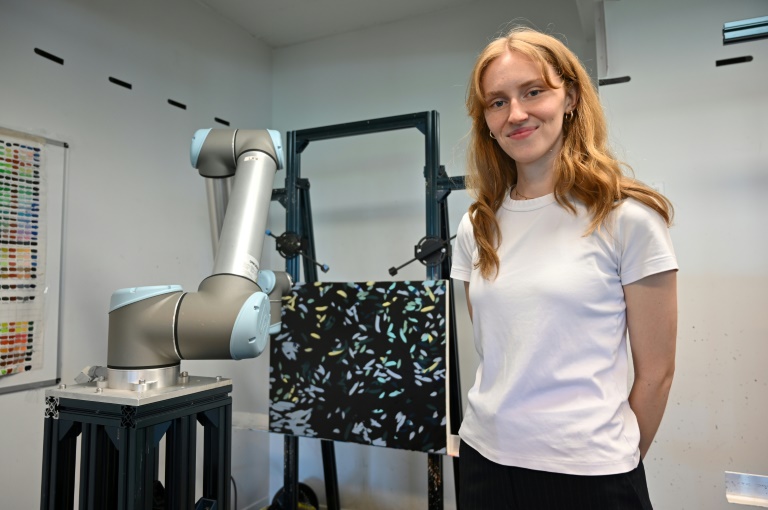
As tech companies race to build more AI data centers, your electric bill is probably going up. And while some companies are prioritizing adding clean energy to accommodate their intensive demands, climate pollution is also climbing as utilities turn to gas or even coal to support our chatbot habits.
But there might be another way for new data centers to get the enormous amount of energy they plan to use. A recent report from the nonprofit Rewiring America suggests that instead of building new power plants, hyperscalers—the Big Tech companies whose data centers provide the backbone to cloud computing—could help homeowners install new solar panels, batteries, and heat pumps.
“We saw this trend happening with data centers needing capacity on the grid and thought by upgrading households, we can actually create a significant amount of capacity,” says Cora Wyent, head of research and data science at Rewiring America, which is focused on electrifying homes and communities.
Data centers that are planned or already under construction are projected to add a staggering 93 gigawatts of new power demand to the grid by 2029, or roughly as much electricity as 77 million homes use. But the nonprofit calculated that it’s possible to cover that growth by adding solar panels and battery storage at people’s homes. Heat pumps can also help.
Subscribe to the Daily newsletter.Fast Company’s trending stories delivered to you every day
Privacy Policy
|
Fast Company Newsletters
In Georgia, for example, which expects to need an extra 6.7 gigawatts of electric capacity over the next five years, rooftop solar and storage on homes in the state could provide 5.4 gigawatts. The rest could be covered by upgrading houses with inefficient old-school electric heating to heat pumps. (This combination would actually create more room on the grid than data centers need, helping support growing electricity demand from EVs and other sources.)
If solar and batteries were deployed at a very large scale, Rewiring America says the cost could drop by 40%. That would make it possible for tech companies to invest in the equipment at roughly the same cost as building a new gas power plant. In the nonprofit’s model, tech companies would pay for 30% of the cost of the new technology. Homeowners would pay the rest, and then get the benefit of cheap electricity and access to power if the grid goes out in a disaster.
In hot climates, heat pumps can unlock significant grid capacity by replacing less-efficient air conditioners. Rewiring America’s calculations show that in Texas, upgrading air conditioners to heat pumps would create 3.9 gigawatts of capacity on the grid. Solar and batteries would add another 10 gigawatts, helping nearly reach the state’s planned needs for another 17 gigawatts by 2029.
Of course, rolling out clean tech at homes at the scale envisioned here would be a major challenge. But the report argues that it could happen faster than alternatives; building a new gas plant, for example, can take several years because of supply chain shortages. Tech companies are also investing in unproven new nuclear tech that isn’t yet commercialized. In theory, a network of new heat pumps, solar panels, and batteries could be rolled out in months.
It also could help data centers win more support in communities. “There’s been some recent polling showing that data centers are not very popular,” Wyent says. “Our perspective is that data centers are going to be built. So why don’t we try to make that as beneficial as possible to the communities where they will be built?”



